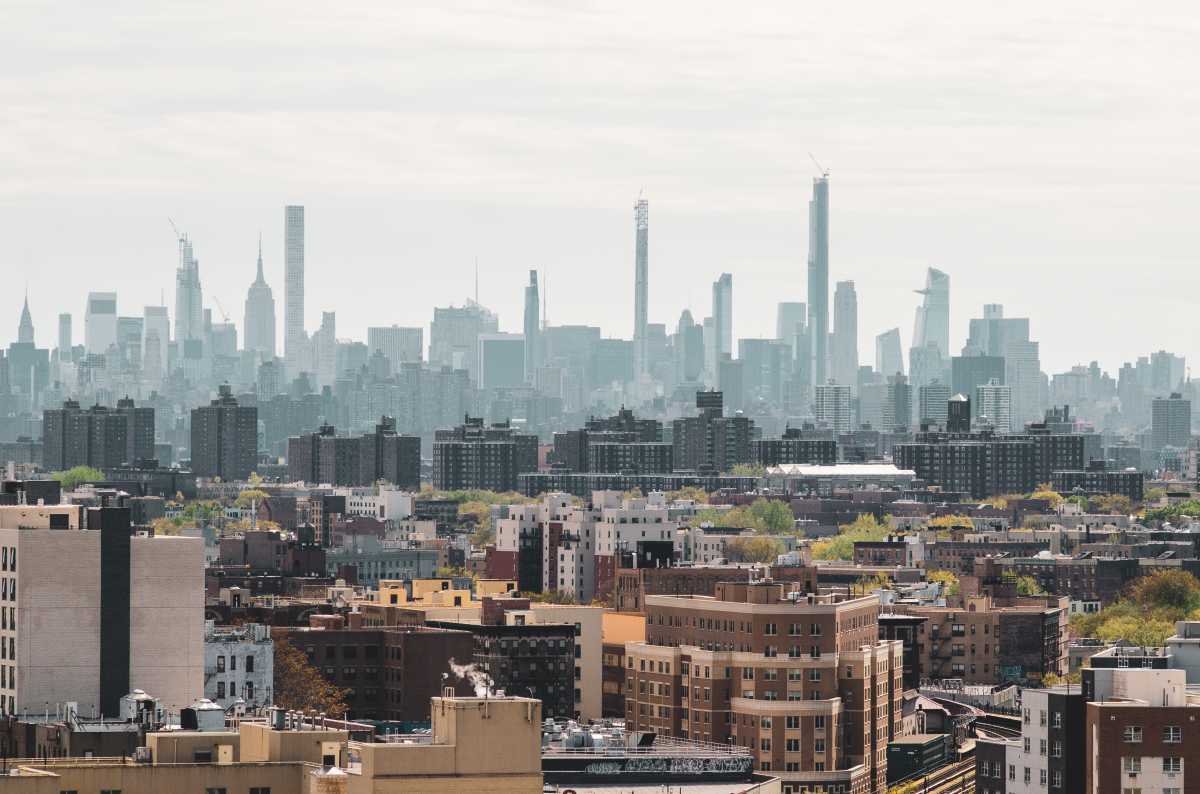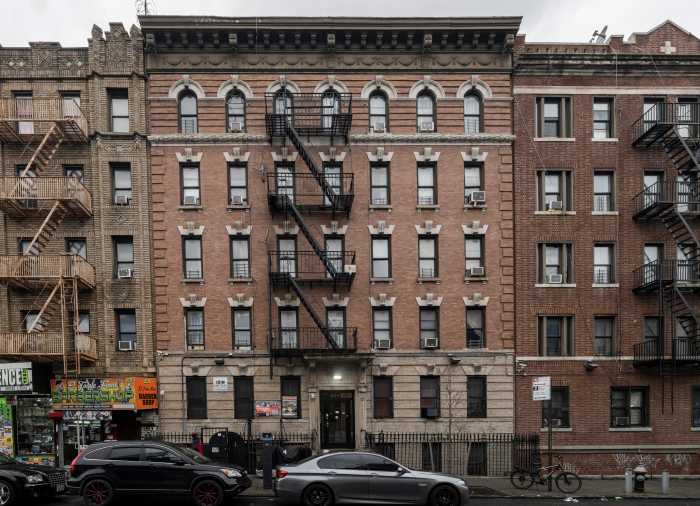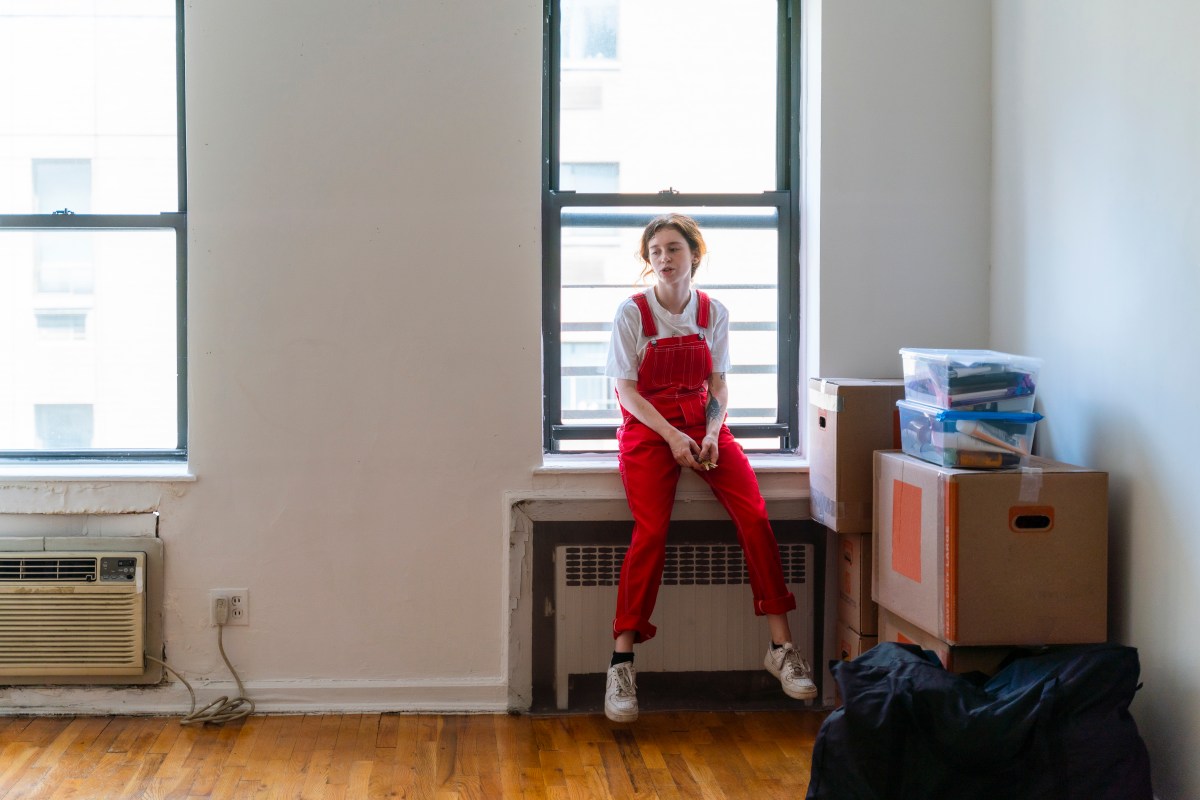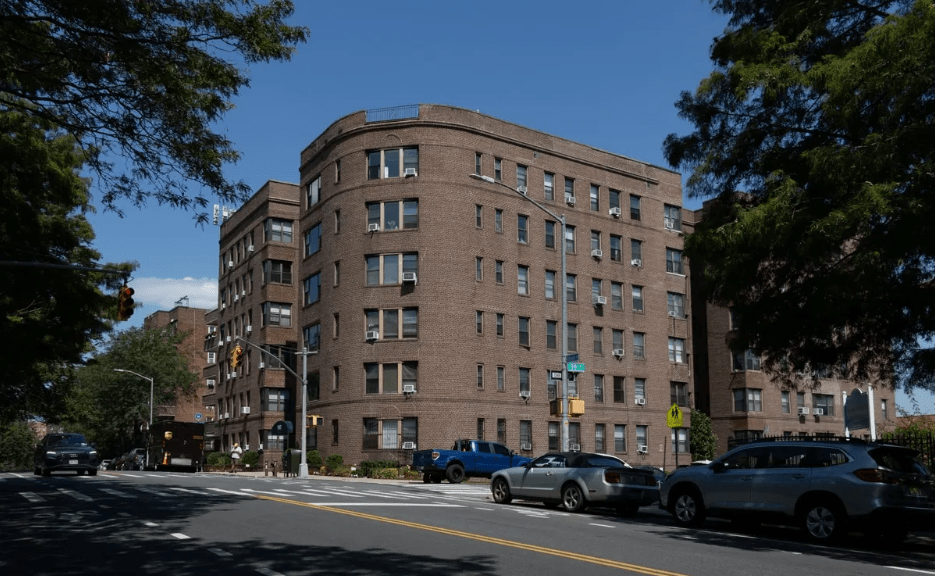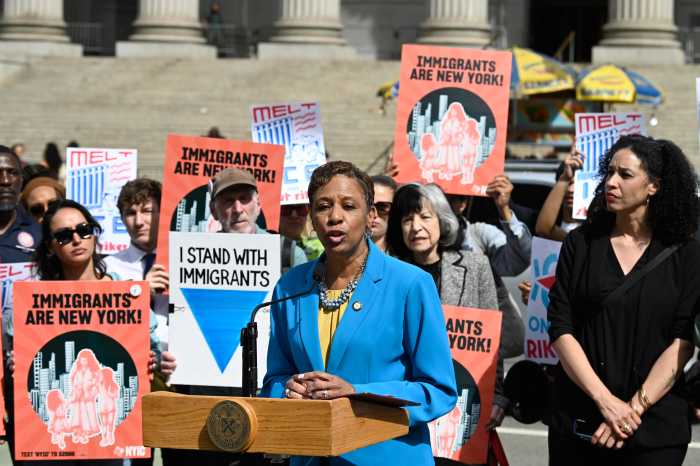While rents across New York City continued to climb in the first quarter of 2025, the Bronx remained relatively stable—experiencing only a slight year-over-year increase in asking prices, according to a new report from Realtor.com.
The median asking rent in the Bronx rose just 0.7% from the same time last year, inching up from $2,990 in early 2024 to $3,010 this year. Though modest compared to spikes in other boroughs, that figure marks a dramatic 41.2% jump from the first quarter of 2020, when rents averaged $2,132—making the Bronx the borough with the largest increase in median asking rent since the onset of the COVID-19 pandemic.
Citywide, the median asking rent for apartments jumped 5.6% year-over-year, from $3,218 to $3,397. Smaller units—those with up to two bedrooms—drove much of that growth, with rents rising 7.2% over the past year, compared to a 1.2% increase for units with three or more bedrooms.
Manhattan led the city in annual rent growth, climbing 5.5% to a median of $4,495. Brooklyn followed at 5% ($3,748), and Queens saw a 4.3% rise to $3,298. The Bronx’s increase, though small, signals a potential leveling off following years of sharp post-pandemic gains.
Housing affordability remains a key concern. Based on current rental prices, Bronx residents would need to earn at least $120,396 annually—about $10,033 per month—to afford the median rent without exceeding 30% of their income. Manhattan’s threshold, by comparison, is nearly $180,000.
Across the city, newly permitted housing units jumped from an average of 25,081 between 2019 and 2023 to 26,021 in 2024. But economists warn that new federal tariffs on imported steel and aluminum—set at 25%—could stifle future construction. Developers may delay or cancel projects due to increased material costs, which could exacerbate New York’s ongoing housing shortage and further drive up rents.
Despite the Bronx’s slower pace of rent growth this year, local advocates worry that the borough’s long-term surge in prices—coupled with economic headwinds—will continue to squeeze low- and middle-income tenants already struggling to stay in their homes.

